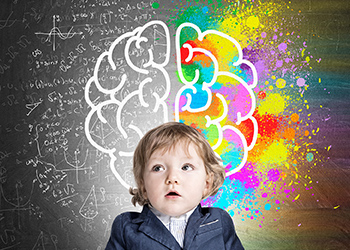Innovating in schools and by schools

On 23 October 2017, the International Education Conference “Innovation: in Schools and by Schools” approaches questions interrelated with creativity and innovation, the impact of new technologies and new forms of thinking about the teaching paradigm. Linda Nathan (Harvard) and Vijay Kumar (MIT) are the keynote speakers.
Innovation and the evolution driven by technological changes and the most recent discoveries in the field of science naturally lead to inevitable changes to teaching and learning processes, challenging schools to re-analyse the education system and define the means to accompany the pace of change and progress. For such motives, the theme of the Gulbenkian Foundation 2017 International Education Conference unfolds across two core areas – Artistic Education and Sciences and Technology –, seeking to highlight, through the focus on innovation and its importance whether to technological sectors and the economy or to every aspect of social and cultural life, the critical relationship between the sciences and the arts, interconnected through shared bonds of creativity and innovation.
Recent developments in the neurosciences have revealed how feelings and emotions contribute towards knowledge, understanding and constructive thinking. The arts, with their framework of multiple forms of creative expression, enable the development of non-cognitive social and emotional competences in parallel with the generation of creative ideas and innovative solutions to complex problems, thus ensuring that schools valuing artistic education become ever more necessary and granting this a more relevant role in the integral upbringing of children and young persons.
Emotional intelligence and the importance of artistic education are the themes covered by Linda Nathan, of Harvard University and the former director of Boston Arts Academy, at a conference entitled “Creativity, innovation and art in Education: one path for following”. The controversial theme of teaching the sciences and the impact of new technologies – which also includes the newly emerging technologies such as artificial intelligence and robotics, deploying the Internet in teaching, technological change in public education policies and the emergence of concepts such as “flexible learning” – are approached by Vijay Kumar, a MIT specialist in sustainable educational innovation and technology in a session entitled “Innovating the model of educational opportunity through digital learning”.
